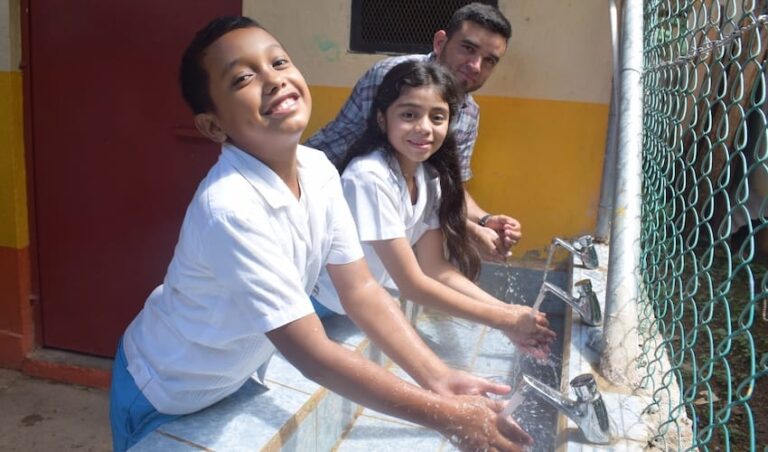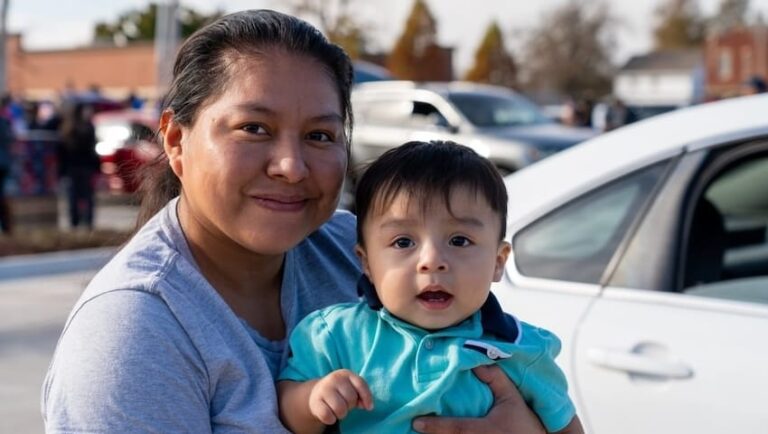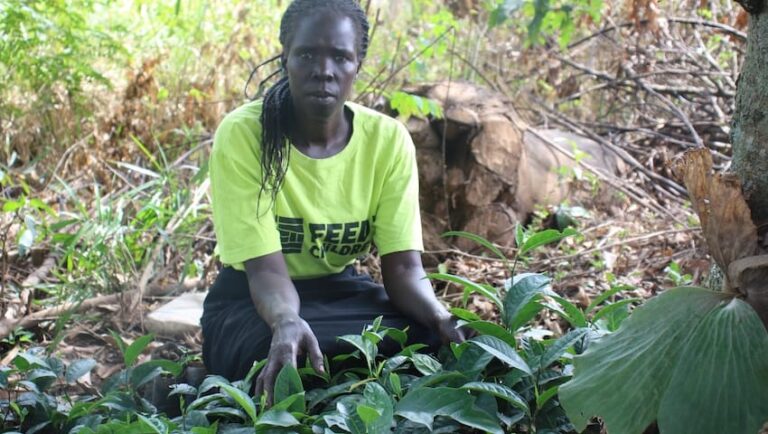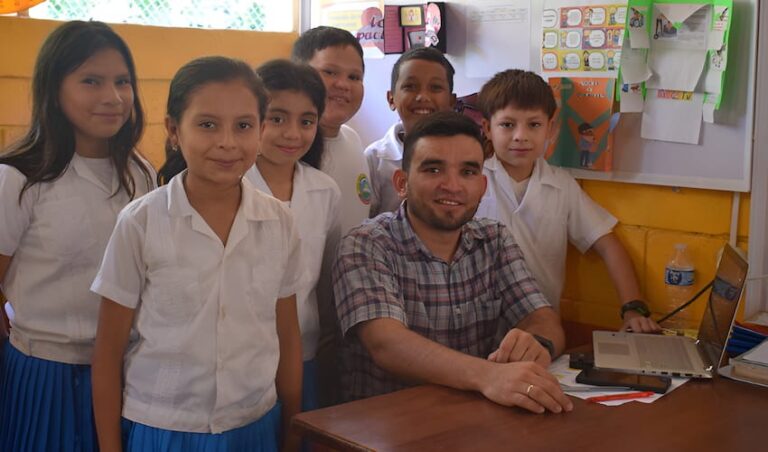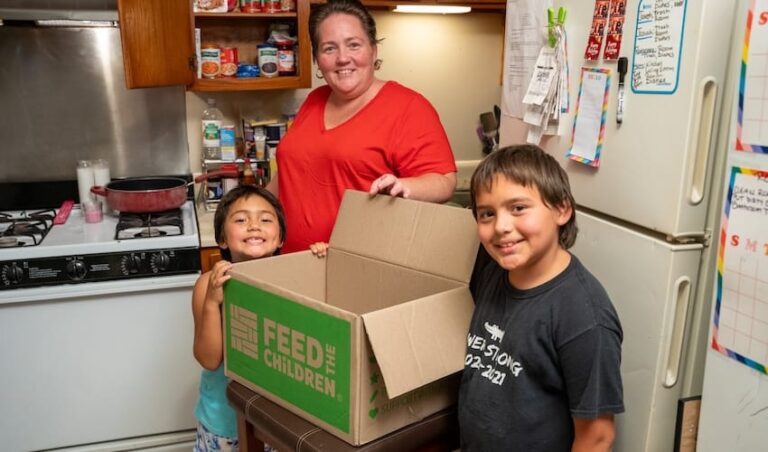
Families on the Brink after SNAP Reductions
With high temperatures raging across much of the country, there’s no denying that the summer of 2023 has been brutal. But it’s not just the heat that’s made conditions tough for too many American families. The most vulnerable families have had to contend with difficult choices like paying bills or buying food.
Summer is a time when many people expect their utility bills to be high. That’s because many people are running their A/C more during the hot months, spiking the electricity bill. On top of that, children are out of school and no longer receive the meals they’re usually served there, and there’s no denying the summertime appetite of a child. That means many families spend more on food.
But for parents who are already tight on money, these two costs combined can bust a budget.
As one mother, Rita, told us, “When the kids are in school, they get lunch, they get breakfast. They might get a little snack to bring home. In the summer it’s more expensive. I don’t get enough money to buy the extra food they eat while they’re here.“

While summers are usually a tough time for struggling families, the summer of 2023 was especially bad. The emergency federal SNAP funds, sometimes known as “food stamps,” provided during the COVID-19 pandemic ended in April. Overnight, almost 16 million households saw their monthly benefits decrease between $90 and $250. Among households with children, the average reduction of benefits has been $223 per month.
For families trying hard just to get by, losing that support means more than just re-adjusting their budgets. Parents are concerned about being able to buy food, pay for housing and keep the lights and A/C running. They worry about not being able to afford these necessities for their children. It can be a painful and heartbreaking reality – one in which childhood hunger is very real.
One father shared how he makes these impossible choices.
“I’ve always paid the bills first,” Shane said. “You can’t go without power to eat.”
For Shane, keeping a roof over his family’s head had to be the first priority. Next was food for his kids – they always ate, even when he and his partner Annie didn’t.

While SNAP benefits have decreased for families like Shane and Annie’s, grocery prices have skyrocketed. In May 2023, the average family of four spent $285 more on groceries than it did in May 2021, according to the USDA. With less SNAP benefits and higher food prices, many parents are struggling to afford enough food. It is worth noting that, contrary to popular belief, most parents who receive SNAP are employed. However, their jobs are often unstable: hourly pay, shifting schedules and benefits are poor, if any. Having their hours unexpectedly cut or missing a shift to care for a sick child can cause them to fall even further behind.
Even when summer’s over, these problems will persist. As a result, hunger and its consequences are likely to follow food-insecure kids into the new school year and compromise their learning and development. Some students will feel refreshed when they go back to school. However, students whose families can’t afford enough food will feel hungry, stressed and worn out after the long summer break.
We can’t let these kids start school behind. Without other help on the horizon, it’s up to us to make sure they have what they need to grow, learn and thrive.

